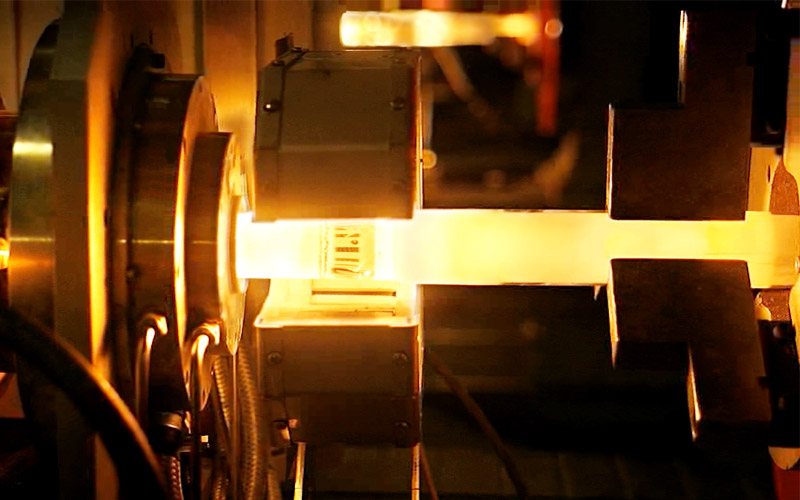
The electrical equipment safety system (EESS) makes it mandatory for manufacturers and importers to register their details and make a declaration that all the equipment they sell meets relevant standards and is electrically safe. As the world’s leading cable manufacturer we welcome this initiative – and are happy to use the RCM mark as proof of our compliance.
EEaSSy as…
What does EESS stand for?
Electrical Equipment Safety System.
What is the purpose of EESS?
The purpose is to have nationally consistent, electrical equipment safety legislation throughout Australia and New Zealand that will greatly increase consumer safety.
What is different from the previous system?
There are three levels of equipment (level 3, level 2, and level 1) instead of the previous two levels (declared/prescribed and
non-declared/non-prescribed). There will be a system to review classifications and re-classify to the appropriate level for verification of compliance requirements proportional to the risk of the product type. At the start of the EESS all current prescribed/declared equipment will become level 3 equipment; all non-prescribed equipment (which is in-scope) will become level 1 equipment.
Is EESS optional or compulsory?
All manufacturers and importers (who are a legal entity in Australia or New Zealand) of certain types of equipment MUST be registered prior to being offered for sale; and the level 3 products shall be independently certified.
How can you identify EESS approved equipment?
a) The EESS National Registration Database keeps records of the registration details of “Responsible Suppliers” of electrical equipment in Australia and New Zealand. Link to the database: https://equipment.erac.gov.au/registration
b) All in-scope electrical equipment offered for sale by registered Responsible Suppliers must be marked with the Regulatory Compliance Mark (RCM):
What is in-scope electrical equipment?
In-scope covers electrical equipment found in the domestic environment, and for example, it does not cover heavy industrial machinery, commercial equipment or the like.
Does EESS represent any changes in technical safety requirements?
No, however tighter evidence of conformity is required for some items.
Want to know more?
Visit the Electrical Regulatory Authorities Council (ERAC) website: www.erac.gov.au











